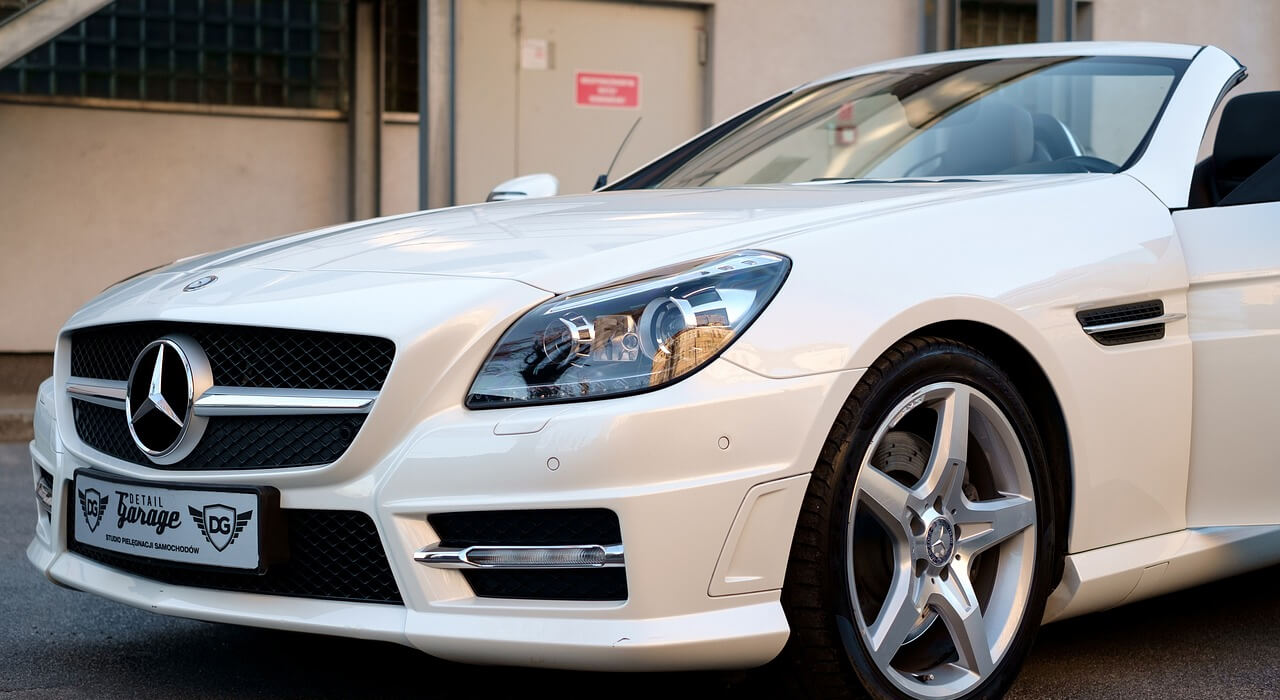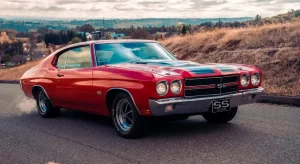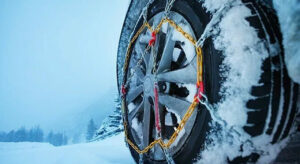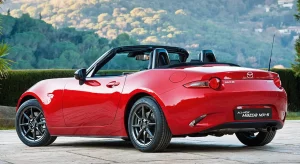Paint correction is a car detailing process that eliminates blemishes on your auto’s clear coat. This can be achieved using polishing compounds and specialized machines to remove the clear coat’s microscopic layers gradually until the surface smoothens. Paint correction significantly enhances your vehicle’s look and resale value.
Factors such as wind, dust, and rain may result in the clear paint responsible for safeguarding your vehicle’s paint deteriorating. Sun and debris may also contribute to paint defects that cause microscopic imperfections. Discussed below are four signs your car needs paint correction.
1. Swirl marks
Swirls are quite regular flaws on most automobiles, and they arise from many micro-scratches accumulating to make a circular pattern look on the vehicle’s paint. They’re fine scratches commonly resulting from wiping your vehicle using a dry towel/ improper cleaning and detailing methods. Swirl marks’ appearance differs based on the actions that caused them. They’re highly noticeable on your vehicle’s flat surface, including the trunk and hood. Swirls on darker automobiles will likely become visible on the fenders and bumpers.
Suggestion: List of Top Cars with bench seats
Heavy swirl marks imply that your paintwork’s outer layers have been compromised, leaving the whole body of your car’s metal framework susceptible to deterioration and rust. Once rust penetrates even a minor part of your vehicle’s framework and starts spreading, it may lead to a weak structure and paint chipping. Fortunately, a paint correction service can help correct this blemish. It restores and rejuvenates your automobile’s paintwork.
2. Oxidation
Oxidation, also called sun fading, is a chemical procedure that breaks down vehicle paint due to oxygen and heat exposure. It’s a kind of corrosion where the oil content in the car’s paint is lost, which causes it to dry out. While this process is slow, its effects can be significant. As the car paint oxidizes, it gets duller, causing the color to lose its radiance and the vehicle’s surface to take on a faded, chalky look. Vehicles with oxidation usually appear worn and aged.
Oxidation eventually results in the clear coat deteriorating, permanently dissolving the paint and making the automobile’s body prone to rust. Paint correction removes oxidation, safeguarding the paint, restoring a car’s luster, and significantly raising resale value.
3. Water spots
Water spots are minerals, acids, and salt traces dissolved in water, eventually settling on your car’s surface. These white stains form as the water evaporates and then dries, leaving mineral deposits. Water spots are hard to detect, and if not addressed, they can damage your paint permanently by etching into your vehicle’s clear coat. Repeated hard water exposure without paint cleaning hardens the spots and can even make them hard to remove, a sign that your vehicle requires paint correction.
4. Car scratches
Scratches make your car unsightly and cause its value to drop. They may be caused by improper waxing/ washing, rubbing, rocks, malicious behavior, or accidents. Scratches can happen when the paintwork’s clear coat layer is damaged.
They’re usually shallow, meaning they do not penetrate your paint layer. Other car scratches happen when the paint layer is destroyed, which exposes the metal underneath. If your vehicle has clear coat/ paint scratches, it could be time for a paint correction service.
Endnote
Paintwork deterioration can lead to your vehicle losing its shine and value. Familiarizing yourself with the signs your car needs paint correction can help determine when it’s the right time for the service.




